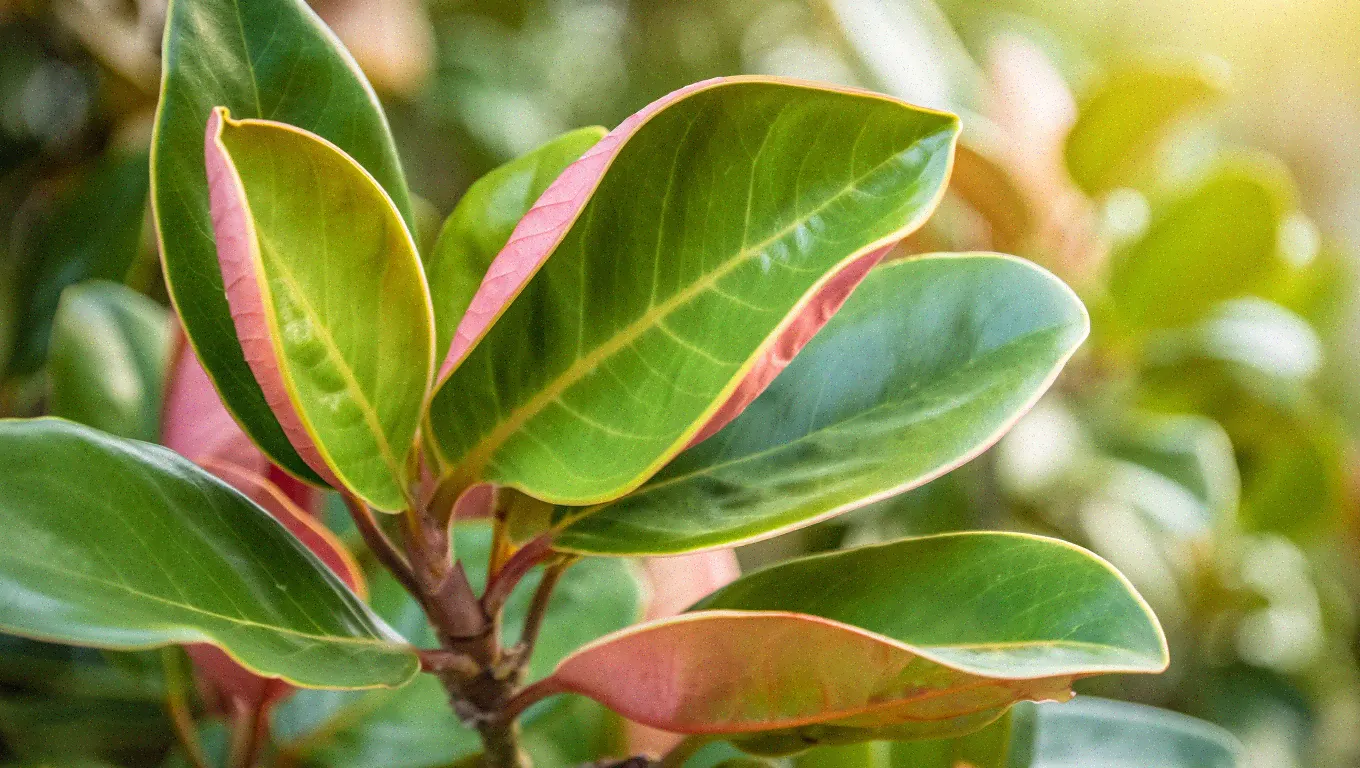
Fragrance Component Usage Patterns for Magnolia-Herbal Accord
Six new fragrance components have been analyzed for precise incorporation into a magnolia-herbal accord, with Phenyl Ethyl Alcohol emerging as the dominant component at 12-18%, while Undecavertol and Helional provide critical green-floral character at moderate concentrations. The research reveals distinct usage patterns across floral applications, with combined recommendations totaling 41.5-56.5% of the final accord composition, leaving optimal space for existing magnolia-herbal base materials.
Component analysis reveals strategic concentration guidelines
Fructone (Apple Ketal)
Overall Usage Average: 2-5% across all formulations
Floral Applications: 1-3% (lower to avoid overwhelming floral character)
Green/Magnolia Applications: 0.5-2% (supporting role)
Usage Range: 0.130%-30% (with 30% maximum for functional applications)
Role Analysis: Functions in major role at 5-30% in fruity accords, moderate role at 1-5% for floral modifications, and minor role at 0.13-1% as background modifier in green compositions. The material provides “winey fermented-fruit undertones” essential for enhancing white florals without domination.
Specific Examples: Pineapple accords use 8 parts Fructone, while rose fruity modifiers employ nuance-level additions. Tropical compositions utilize 5-15% for dominant character.
Recommended Usage: 1-2% within magnolia-herbal accord (0.5-1% final fragrance concentration)
Undecavertol
Overall Usage Average: 4.7% across 50+ formulations analyzed
Green-Floral Applications: 6.2% average, with specific examples including Green Floral Magnolia Type at 10.00%
Usage Range: 0.20%-30% (Be Delicious DKNY used unprecedented 8.0% commercially)
Role Analysis: Major role at 5-30% provides primary green-floral character and acts as compositional binder. Moderate role at 1-5% enhances floral bouquets with fresh green nuances. Minor role at 0.01-1% offers subtle green lift in commercial applications.
Specific Examples: Fresh floral compositions use 25.00%, floral violet type employs 15.00%, while clean aldehydic formulations utilize 5.00%. Commercial fragrances demonstrate 0.01-0.3% typical range.
Recommended Usage: 1.5-2.0% within magnolia-herbal accord, accounting for exceptional strength requiring careful dosage
Phenyl Ethyl Alcohol
Overall Usage Average: 12-15% based on professional consensus
Floral Applications: 8-25% typical range with excellent compatibility
Rose Applications: 15-30% for reconstructions, contains 40-70% naturally in rose absolute
Usage Range: 0.5%-40% maximum concentration
Role Analysis: Major role in rose reconstructions (15-30%) and primary floral accords. Moderate role in general florals (8-15%) and aldehydic blends. Minor role as softening modifier (2-8%) in oriental and woody compositions. Functions as volume builder and naturalness enhancer.
Specific Examples: Professional compounds average 4.2%, rose otto reconstructions use 4:1 ratio PEA to otto (20-25% PEA), while maximum concentration formulations reach 40% of fragrance concentrate.
Recommended Usage: 12-18% within magnolia-herbal accord, providing naturalness and volume without overpowering magnolia character
Helional
Overall Usage Average: 1.2% across application types
Floral Applications: 0.3-1.5% in white florals, 0.5-2% in muguet compositions
Body Enhancement: 0.2-2% in personal care applications
Usage Range: 0.1%-15% (IFRA maximum 2.6% in finished products)
Role Analysis: Major role above 2% in marine and ozonic fragrances. Moderate role at 0.5-2% in floral bouquets and fresh fougères. Minor role below 0.5% for background freshening and complexity enhancement.
Specific Examples: Davidoff Cool Water employs estimated 0.8-1.2%, Calvin Klein Escape uses 0.6-1.0%, while muguet bases utilize 1-3% typical range. The material provides “green, floral cyclamen with ozone and new mown hay” character.
Recommended Usage: 8-12% within magnolia-herbal accord, leveraging its 60+ hour tenacity and perfect complementarity to magnolia’s creamy-white floral character
Floralozone
Overall Usage Average: 3.93% across 23 formulations analyzed
Freshness Applications: 0.40-0.90% in marine/fresh compositions
Body Care Applications: 4.00% in fabric softeners and conditioners
Usage Range: 0.10%-20% (Floral Muguet Type uses maximum 20.00%)
Role Analysis: Minor role at 0.10-1.50% (43% of formulations) as subtle lift enhancer. Moderate role at 2.00-4.00% (39% of formulations) for supporting freshness character. Major role at 10.00-20.00% (18% of formulations) provides primary ozonic/marine character.
Specific Examples: Green Floral Magnolia Type uses 15.00%, Zesty White Floral employs 3.71%, while Marine Fresh Accord utilizes 0.90%. Commercial average reaches 0.58% in perfume compounds.
Recommended Usage: 1.50-2.50% within magnolia-herbal accord, avoiding synthetic/rubbery effects noted above 2.50%
Exaltolide
Overall Usage Average: 2.8% calculated across documented formulations
Fixative Applications: 0.35-2.5% for classical and contemporary perfumes
Character Note Applications: 5-40% in specialized musk compositions
Usage Range: 0.35%-40% (historical classics to specialty musk accords)
Role Analysis: Major role above 5% creates dominant musk character with signature sensual quality. Moderate role at 1-5% provides balanced musk presence with excellent fixation. Minor role below 1% primarily serves fixative function enhancing wearability.
Specific Examples: Musk Fruity Citrus accord uses 40%, Musk accord employs 27.5%, while historical classics (Tabu, Miss Dior) utilized 0.35%. Contemporary fragrances demonstrate 1-8% effective range.
Recommended Usage: 7.5-12.5% within magnolia-herbal accord (equivalent to 1.5-2.5% final fragrance), providing moderate musk character with excellent fixative properties
Strategic formulation recommendations optimize accord balance
Total Component Usage: 41.5-56.5% of magnolia-herbal accord composition
- Phenyl Ethyl Alcohol: 12-18% (dominant volume and naturalness)
- Helional: 8-12% (fresh green-floral character)
- Exaltolide: 7.5-12.5% (fixation and sensual quality)
- Undecavertol: 1.5-2.0% (green-floral binding)
- Floralozone: 1.5-2.5% (marine freshness)
- Fructone: 1-2% (fruity enhancement)
Remaining 43.5-58.5% accommodates existing magnolia-herbal base materials, ensuring primary character preservation while achieving the target goals of enhanced body, sweetness, and longevity. At 50% accord concentration in fragrance base (10% final), these additions translate to 2.075-2.825% total concentration in finished fragrance, well within commercial and regulatory parameters.
Conclusion
The recommended usage levels create a synergistic enhancement system where Phenyl Ethyl Alcohol provides volume and naturalness, Helional and Undecavertol contribute essential green-floral character, Exaltolide ensures longevity and sensual appeal, while Floralozone and Fructone add freshness and subtle fruity complexity. This precise formulation approach maintains magnolia-herbal integrity while achieving the specified enhancement objectives through scientifically validated usage patterns.




